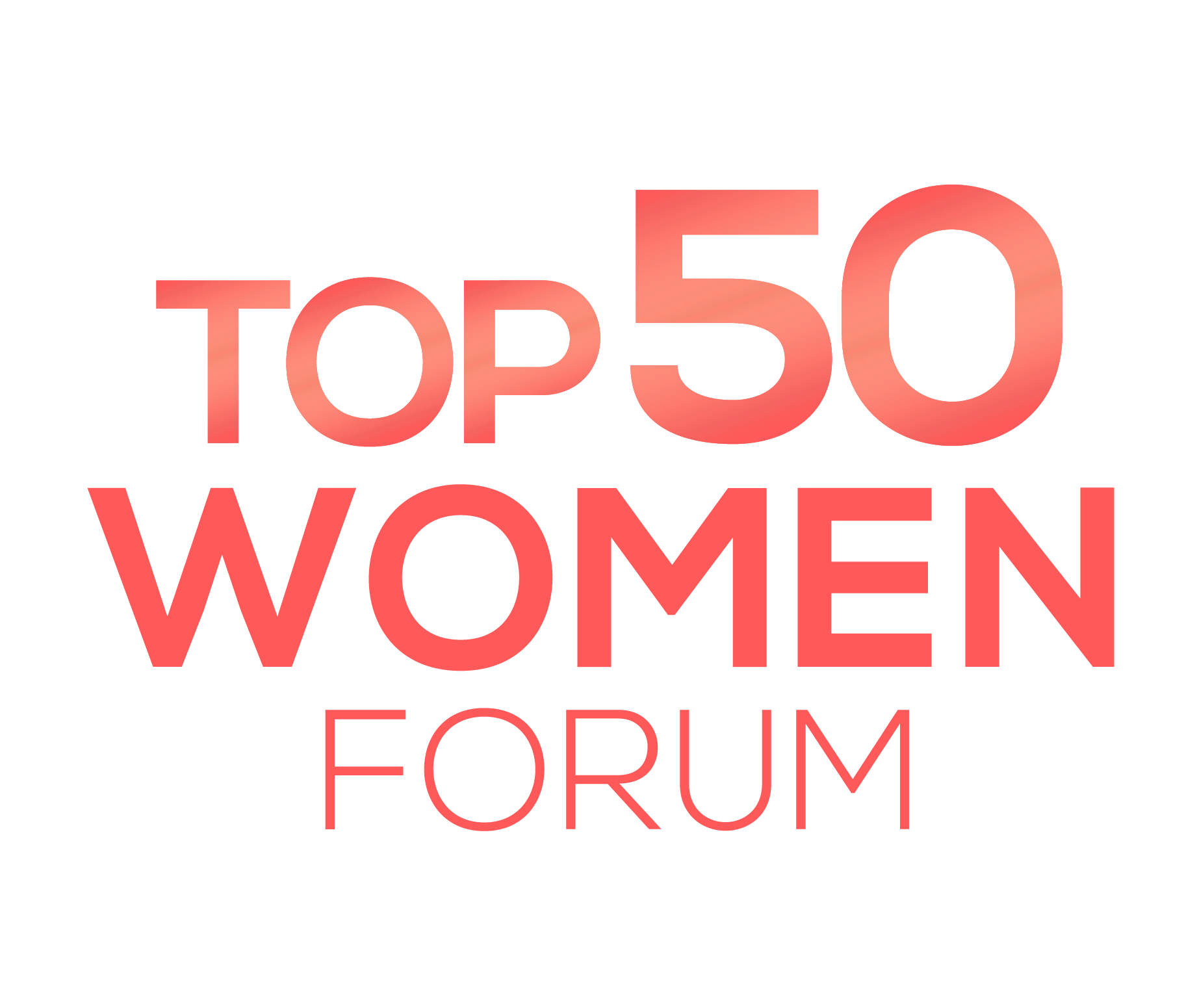With Visual ChatGPT, Microsoft keeps the AI competition going without slowing down. The Visual ChatGPT model combines ChatGPT and VFMs such as Transformers, ControlNet, and Stable Diffusion. The newest technology also allows ChatGPT discussions to transcend linguistic boundaries.
What Is VisualGPT?
VisualGPT is an extension of ChatGPT. ChatGPT uses natural language processing (NLP) techniques to generate responses to user input. Visual ChatGPT is a new model that combines ChatGPT with VFMs like Transformers, ControlNet, and Stable Diffusion. In essence, the AI model acts as a bridge between users, allowing them to communicate via chat and generate visuals.
ChatGPT is currently limited to writing a description for use with Stable Diffusion, DALL-E, or Midjourney; it cannot process or generate images on its own. Yet with the Visual ChatGPT model, the system could generate an image, modify it, crop out unwanted elements, and do much more.
ChatGPT has attracted interdisciplinary interest for its remarkable conversational competency and reasoning abilities across numerous sectors, resulting in an excellent choice for a language interface.
It’s linguistic training, however, prohibits it from processing or generating images from the visual environment. Meanwhile, models with visual foundations, such as Visual Transformers or Steady Diffusion, demonstrate impressive visual comprehension and producing abilities when given tasks with one-round fixed inputs and outputs. A new model, like Visual ChatGPT, can be created by combining these two models.
“Instead of training a new multimodal ChatGPT from scratch, we build Visual ChatGPT directly based on ChatGPT and incorporate a variety of VFMs.”
-Microsoft
What are Visual foundation models (VFMs)?
The phrase “visual foundation models” (VFMs) is commonly employed to characterize a group of fundamental algorithms employed in computer vision. These methods are used to transfer standard computer vision skills onto AI applications and can serve as the basis for more complex models.
VFMs, fundamental algorithms used in computer vision that transfer their common abilities onto AI applications for handling increasingly complicated tasks, are at the heart of VisualGPT.
The VisualGPT Prompt Manager has 22 VFMs, including Text-to-Image, ControlNet, and Edge-To-Image, among others. VisualGPT can subsequently transform visual information from a picture into a linguistic format for improved comprehension.
What will change with Visual ChatGPT?
It will be capable of the following:
- In addition to text, Visual ChatGPT may also generate and receive images.
- Complex visual inquiries or editing instructions that call for the collaboration of different AI models across multiple stages can be handled by Visual ChatGPT.
- To handle models with many inputs/outputs and those that require visual feedback, the researchers developed a series of prompts that integrate visual model information into ChatGPT. They discovered through testing that Visual ChatGPT facilitates the investigation of ChatGPT’s visual capabilities utilizing visual foundation models.



